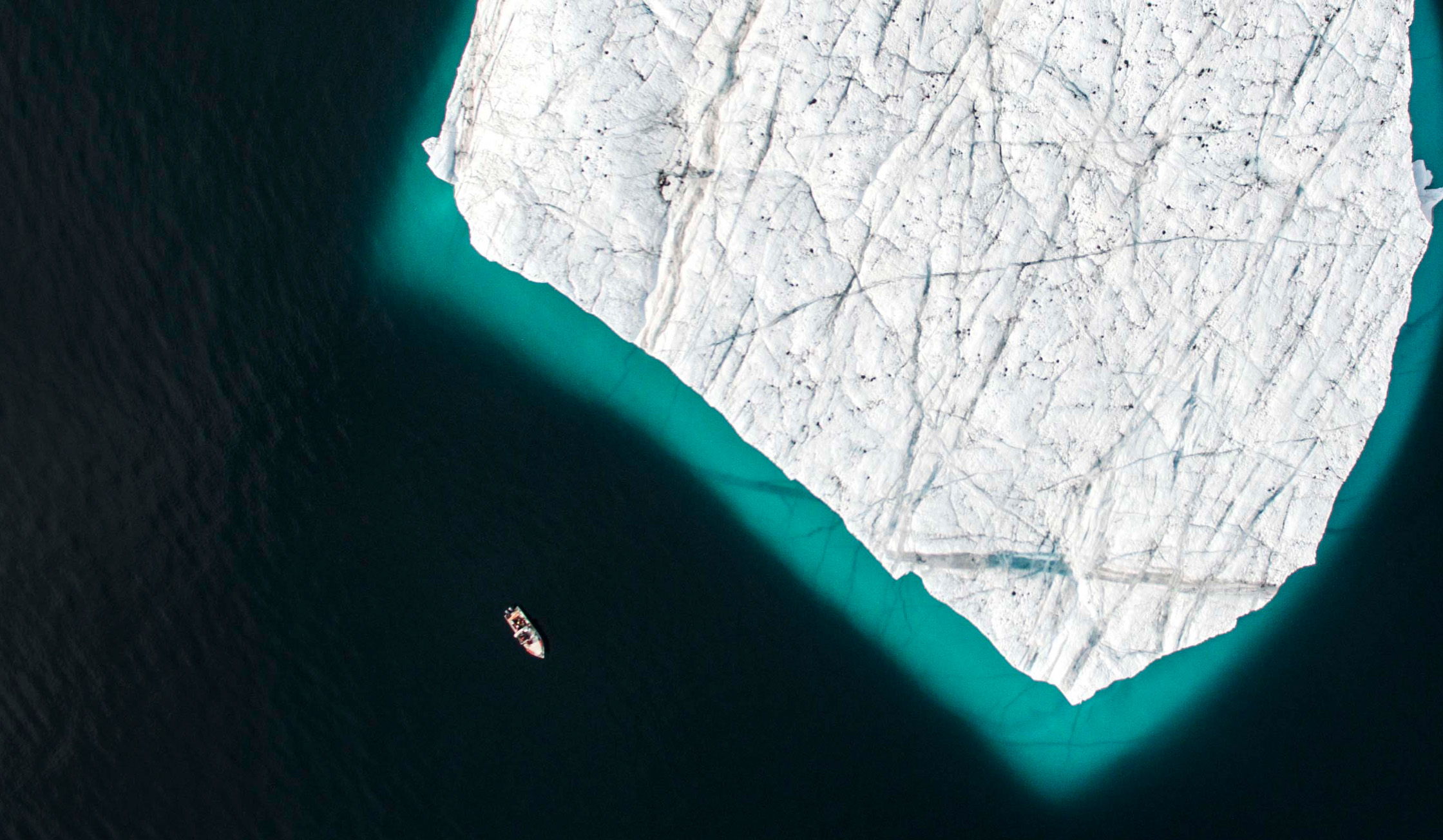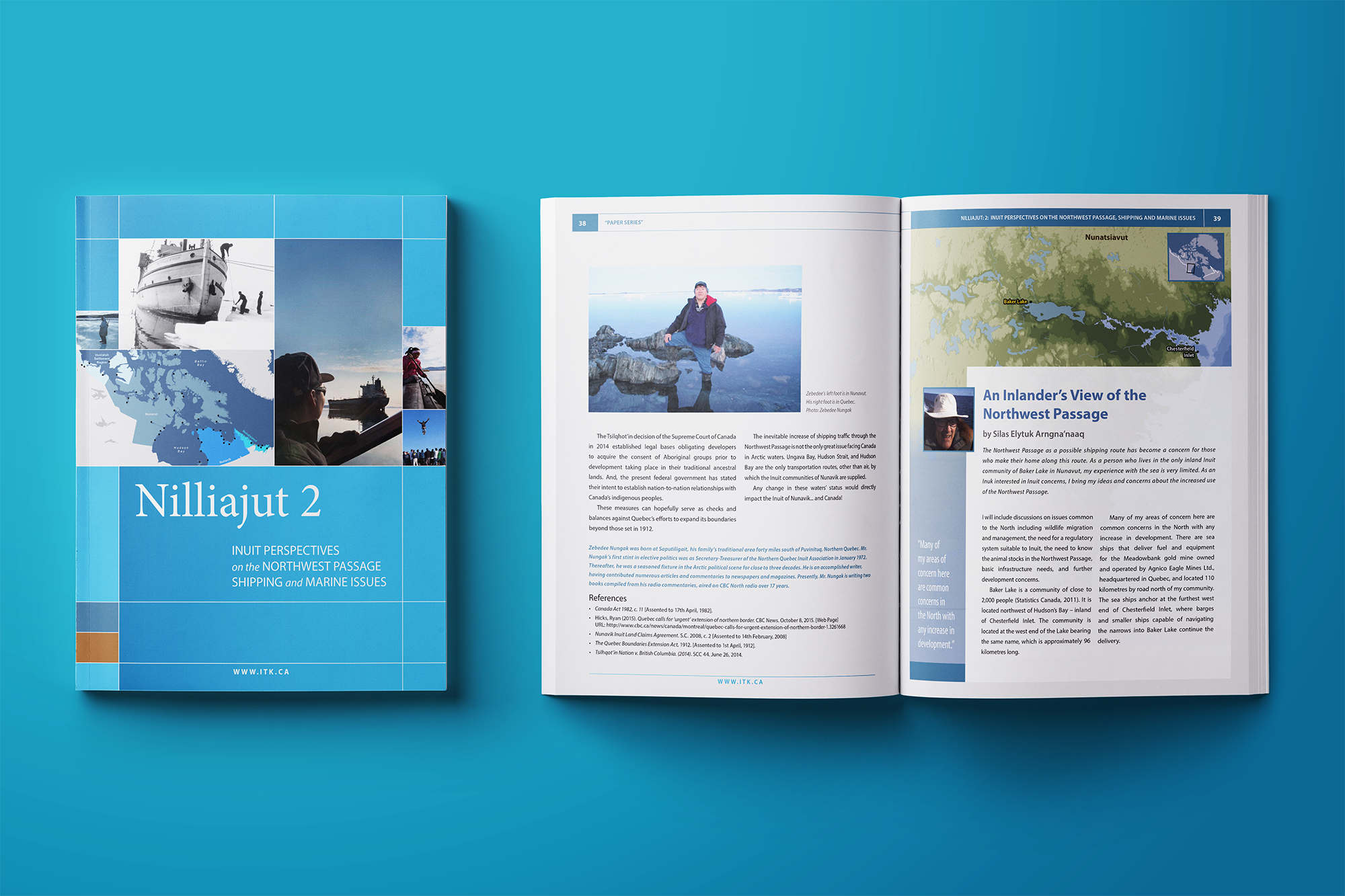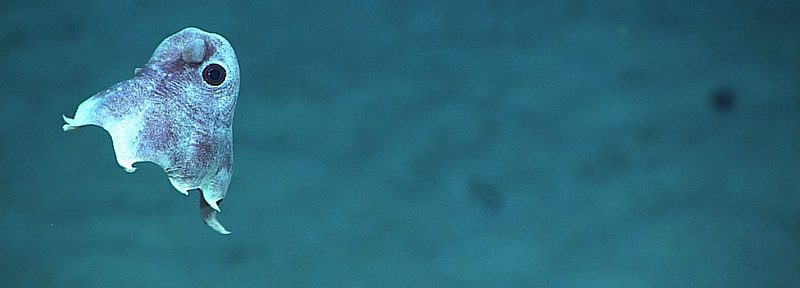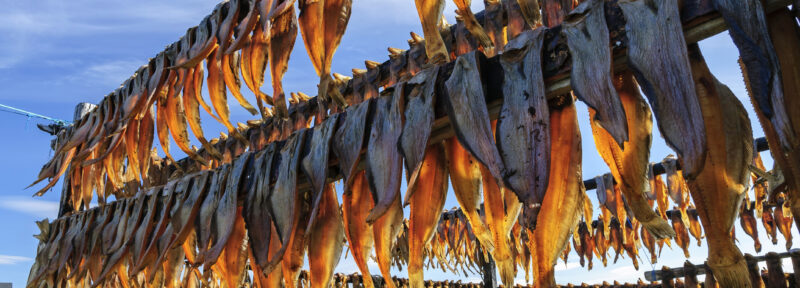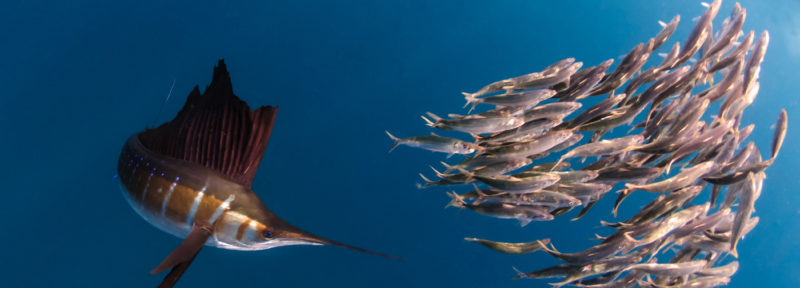How Do Inuit View Shipping and the Northwest Passage?
Ship traffic in the Canadian Arctic has more than doubled over the last decade driven by economic development, tourism, new research efforts, major industrial projects and a growing population. As sea ice diminishes due to climate change, this trend is expected to continue. In response, Inuit Tapiriit Kanatami (ITK), Canada’s national Inuit organization, has released a new report and documentary film called Nilliajut 2: Inuit Perspectives on the Northwest Passage, Shipping and Marine issues.
For Inuit of Canada, Greenland and Alaska, the waters that flow between the Arctic islands are a homeland – a travel route, a hunting ground and a sacred, culturally important place. The winter’s thick ice is the routine, seasonal extension of a traditional, Indigenous territory and critical habitat for globally significant congregations of marine mammals, fish and sea birds.
Increased vessel traffic brings considerable risks to Inuit ways of life and the Arctic marine environment. It can lead to oil spills, destroy habitat, disturb wildlife, and interfere with traditional activities. Pollution and environmental impacts are all the more important here given the fragility of Arctic marine ecosystems. For Inuit, a healthy marine environment is critical to the wellbeing of the community.
A small local vessel near drift ice, Mittimatalik (Pond Inlet), Nunavut.
Credit: Oceans North
But shipping is also an important lifeline for Arctic residents and the least costly mode of transportation for fresh food, materials, fuel and equipment. Each spring, communities await the arrival of the first ships with great anticipation. Vessel traffic also brings with it potential opportunities for economic development and cultural exchange.
ITK’s Nilliajut 2 report offers a diversity of Inuit perspectives and new information for the discourse on shipping and marine issues in Inuit Nunangat. Oceans North is proud to have supported this valuable project.

